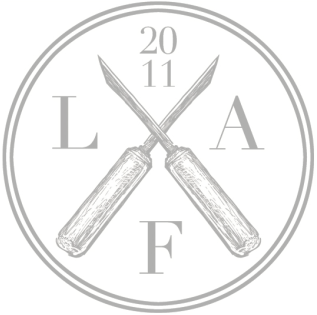Now that it’s available in the Western Association for Art Conservation (WAAC) archive, I thought I’d post an updated version of a paper from 2020 on nanostructured fluids. You can download the updated pdf here.
Aside from the ludicrous title, it’s not bad. Especially if you’re interested in microemulsions, art conservation, and how conservators remove deteriorated coatings from artifacts without dissolving the coating (spoiler: by dewetting them). I’ve included a video below demonstrating the variable cloud point of a nonionic, PEG-based, surfactant solution upon addition of a hydrogen bond accepting (HBA) solvent, in this case propylene carbonate. If you’d like to learn more about cloud point temperatures and why you may (or may not) want to change them, take a look at the paper above.
Finally, any discussion of nanostructured fluids in art conservation would be remiss without mentioning Dr. Piero Baglioni and his phenomenal group at the University of Florence. They continue to spearhead the development and use of nanostructured fluids in art conservation, and have produced a staggering number of publications on the topic. Many can be found at Piero and Michele Baglioni’s (no relation) google scholar pages. Well worth the time for any conservator or interested chemist.



